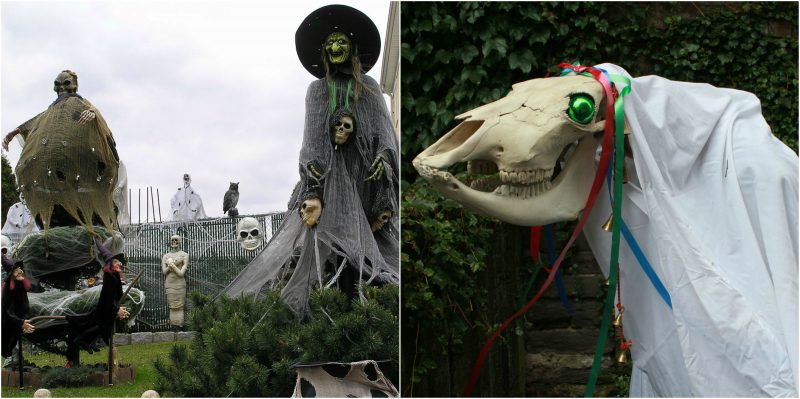Halloween is coming soon, a celebration that has its roots deep in ancient pagan traditions. It managed to survive through the ages in one form or another. Here are some less known things about it.
Early Halloween costumes were made of animal skins and heads.
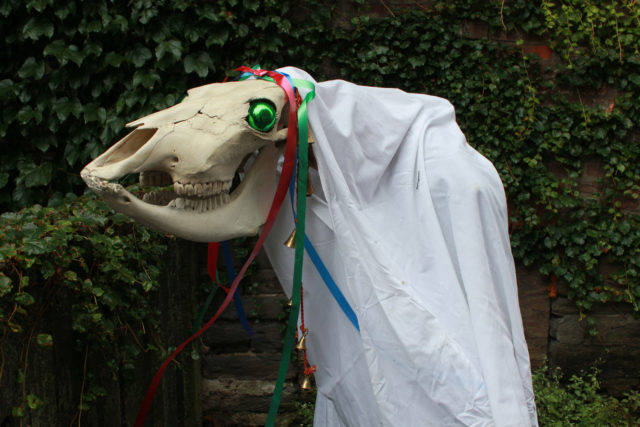
The modern Halloween celebration is based on the old Celtic new year celebration called Samhain. Things have changed since those times and many ancient rituals have been forgotten. Like for example, the costumes people wore.
The tradition of wearing masks and costumes for this day is ancient, but masks back then were more gruesome.
According to some ancient Roman writers, the people that lived on the territory of modern-day Germany and France used to ritually cover themselves with the hides of cattle and other animals slaughtered during the festivities.
They also used animal heads during the ceremonies that happened around huge bonfires. Samhain was not only marking the new year, but it was also a celebration of the dead too, a time when boundaries between the two worlds were torn apart.
Ancient people believed that by wearing parts of the slaughtered animals, they could communicate with the spirits of the dead. In some regions of Ireland, the leader of the ceremonial procession was a Lair Bhan (Celtic symbol of fertility) – a man wrapped in a white sheet and masked with a decorated horse skull.
Romans believed that the spirits of their ancestors reside in broad beans (fava beans)
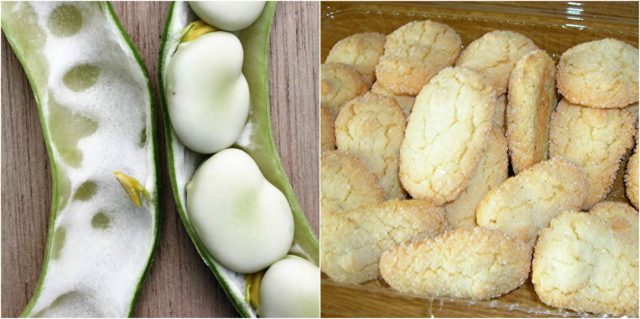
This belief predates the Romans; even Aristotle himself was convinced that beans had some magical powers and could be used as a gateway to Hades. In ancient Rome, people were convinced that fava beans contained the souls of the dead ancestors.
They were used as offerings to the dead on funerals but also eaten at weddings in the hope that they will attract souls of male ancestors and carry on the family bloodline.
During the winter solstice, the head of the household would throw beans around the house and repeat the sentence: “Shades of my ancestors, depart.” Some of these traditions are still practiced in Italy today.
For the All Soul’s Day, Italians make and consume special bean-shaped treats called “fave dei morti” (beans of the dead). It’s better than eating raw beans.
Germans hide their household knives during Halloween
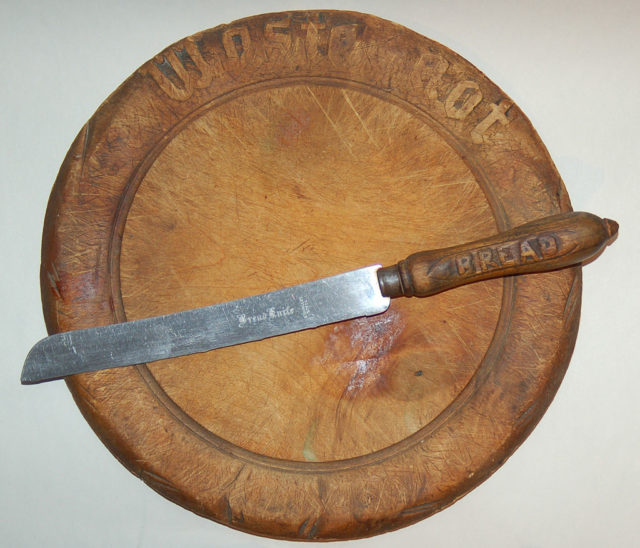
Of course, knives should always be kept safe and away from children, but in some places around Germany, people think that they should also be kept away from the spirits of the ancestors.
Although it is commonly accepted that spirits are immaterial beings (and not to mention already dead), Germans take one precaution; they don’t want their ancestors to stumble upon a knife in case they visit for Halloween.
Samhainophobia is the fear of Halloween
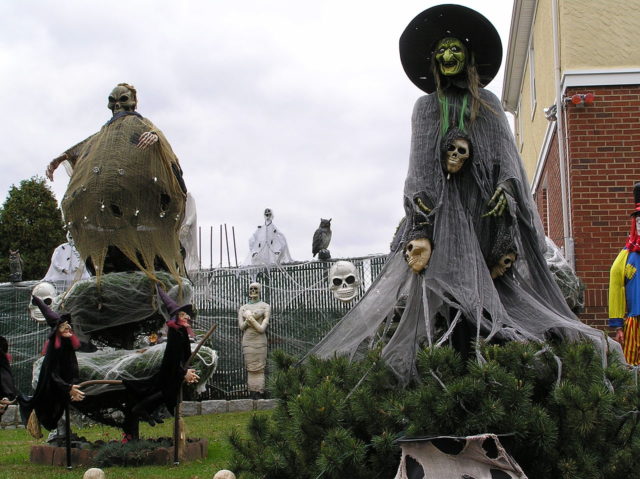
Yes, this thing is legitimate. Although most adults and children are amused by the celebration of Halloween, there are those who are absolutely terrified by it. Samhainophobia could be triggered by different things, but usually, the reason is a traumatic Halloween experience.
People who have Samhainophobia feel great anxiety as soon as the Halloween season starts. Their minds react by fighting responses as soon as the person sees the scary decorations. Another problem is the “knocking on strangers’ doors” and the anxiety that causes to children.
Usually, children are taught to do the opposite, and for Halloween, they are encouraged to knock on stranger’s doors. This phobia is also connected with the fear of the dark and arachnophobia, because of the spider and cobweb decorations.
Colcannon – Cál Ceannann – the traditional Irish Halloween dish
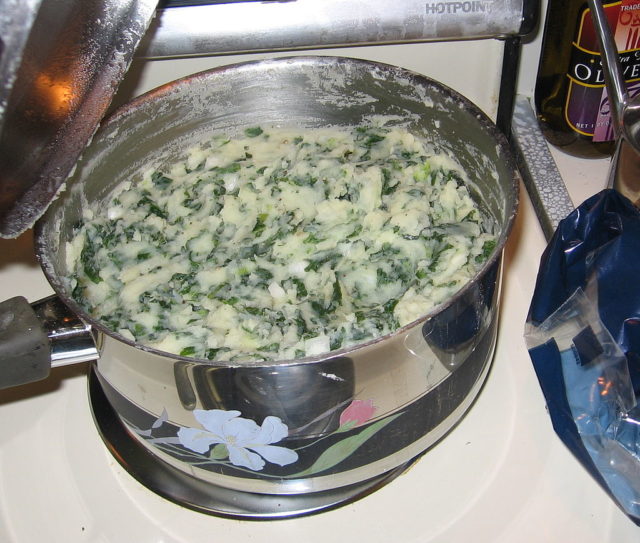
Cál Ceannann (white cabbage) is a simple dish usually prepared for Halloween. It is made of mashed potatoes with kale or cabbage. In the olden days, blindfolded Irish girls were sent to the garden to pick a cabbage for the meal. After that, a ring was hidden in the colcannon prepared with the cabbage that the girl picked. They believed that whoever found the ring in their plate was destined to marry next. Colcannon was also spiced with other things, like a button, a thimble, and a coin.
Here is another Halloween story from us Jack-o’-lantern: the legend behind the Halloween pumpkin
Finding the button meant that the person would remain a bachelor; the thimble meant remaining a spinster for the following year, and a coin meant getting rich. The Irish love colcannon so much, they even have a song about the dish called “The Skillet Pot:”
Did you ever eat Colcannon, made from lovely pickled cream?
With the greens and scallions mingled like a picture in a dream.
Did you ever make a hole on top to hold the melting flake
Of the creamy, flavoured butter that your mother used to make?
Yes you did, so you did, so did he and so did I.
And the more I think about it sure the nearer I’m to cry.
Oh, wasn’t it the happy days when troubles we had not,
And our mothers made Colcannon in the little skillet pot.
